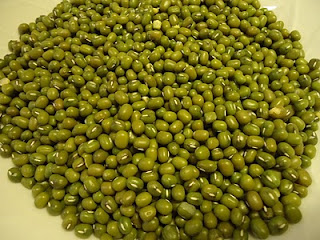What springs to mind when you think of the British flag?
The armed forces? Roses? The Queen? The NF with its assertion that ‘there ain’t no black in the union jack’? Cucumber sandwiches? Bad teeth? War heroes?
Whatever you might associate with it, the union jack is everywhere right now. Given the royal wedding last year, the Queen’s jubilee and the London Olympics, it’s no wonder that union flags, British products and branding that evokes the ‘blitz spirit’ have been more in demand in recent months than ever. Personally, I’m indifferent to all the ‘Keep Calm’ paraphernalia about but it seems that there’s nothing like an Olympic opening ceremony dreamed up by Danny Boyle on the other hand to serve as a reminder of everything that Britain
At the risk of sounding jingoistic (and yes, I really do have to insert some form of apologetic disclaimer: I’m British and it’s not the done thing to be patriotic) for me, last week’s Olympic opening ceremony was an absolute ode to Britishness, a reminder of the British history and values that we have to be proud of and it was a celebration of this host nation, put on by and for the British people.
Here’s what I admired…
The boldness
I don’t mean the glitz here…yes, there was lots of it, with fireworks and famous faces popping up at all the right points (although this high profile glamour seemed to be counterbalanced by those low budget video clips every now and again). What I mean by boldness is the daring, the thoughtfulness and meaning behind so many of the details and the choices made. The willingness to take a risk. The refusal to try to tell a story completely and chronologically. The unashamed British quirkiness of the whole thing.
I think we have to accept, folks, that this was no rival to Beijing London London
The heritage
Having studied English at university, I’m convinced that literature is one of Britain
It was also a treat to see Kenneth Branagh as a starry-eyed Isambard Kingdom Brunel during the ceremony, with Caliban’s words in his mouth. Although his speech and role were at odds with each other, the conflation of these multiple ideas within him was clever and bold.
In addition to celebrating literature, British heritage was marked in other ways. Care was taken to acknowledge the pioneers in the suffragette movement and in the Windrush generation as the rise of the working class was tracked, which makes sense given the celebration of struggles and achievements in British history within the ceremony. And of course, who could forget, the biggest point of British pride, the NHS. It might be taken for granted, maligned, diminishing and currently under threat, but at least it exists in British history. The social conscience and the altruistic spirit the Beveridge report and all the changes it brought about in society deserve to be celebrated.
The Londoners who made it happen
How many other countries are there that can blag an opening ceremony with over 7,000 volunteers performing? Call me cheesy, but again, this is Britain
The night also wouldn’t have been what it was without the contribution and celebration of modern multicultural London Wimbledon ’s Akram Khan and Bow’s Dizzee Rascal. I wonder if Jeremy Paxman would still want clarification as to ‘Mr Rascal’s’ nationality now…
The inspiration
Thoughtfully designed and beautifully executed, the lighting of the torch was a hugely inspirational and figurative act. This was another genius metaphor and conflation of many images: values of equality and co-operation represented with each nation’s bronze petal along with the commitment to ‘inspire a generation’ with the 7 future athletes as the final torch-bearers.
The Olympic Games represent so much more than ‘just’ sport or games. I felt privileged to have taught about the Olympic values at school recently, because they’re such admirable and important principles in and of themselves. These values and the integrity in the spirit of the games was echoed for me during the most symbolic and moving moment of the evening: the bearing of the Olympic flag by champions of human rights. Looking actually divine in white and each with an incredible story to tell, the flag bearers represented the highest values of the Olympics. If the ambition and demands that these values place upon humanity are what made China ’s hosting of the games uncomfortable and controversial, it’s the optimism and the diversity in Britain that allowed them to sit so well in London
There’s something for us all to aspire to when it comes to the spirit of the games, but if we’re talking about inspiration, who could forget the athletes! I’ll always remember the opening ceremony in Beijing








